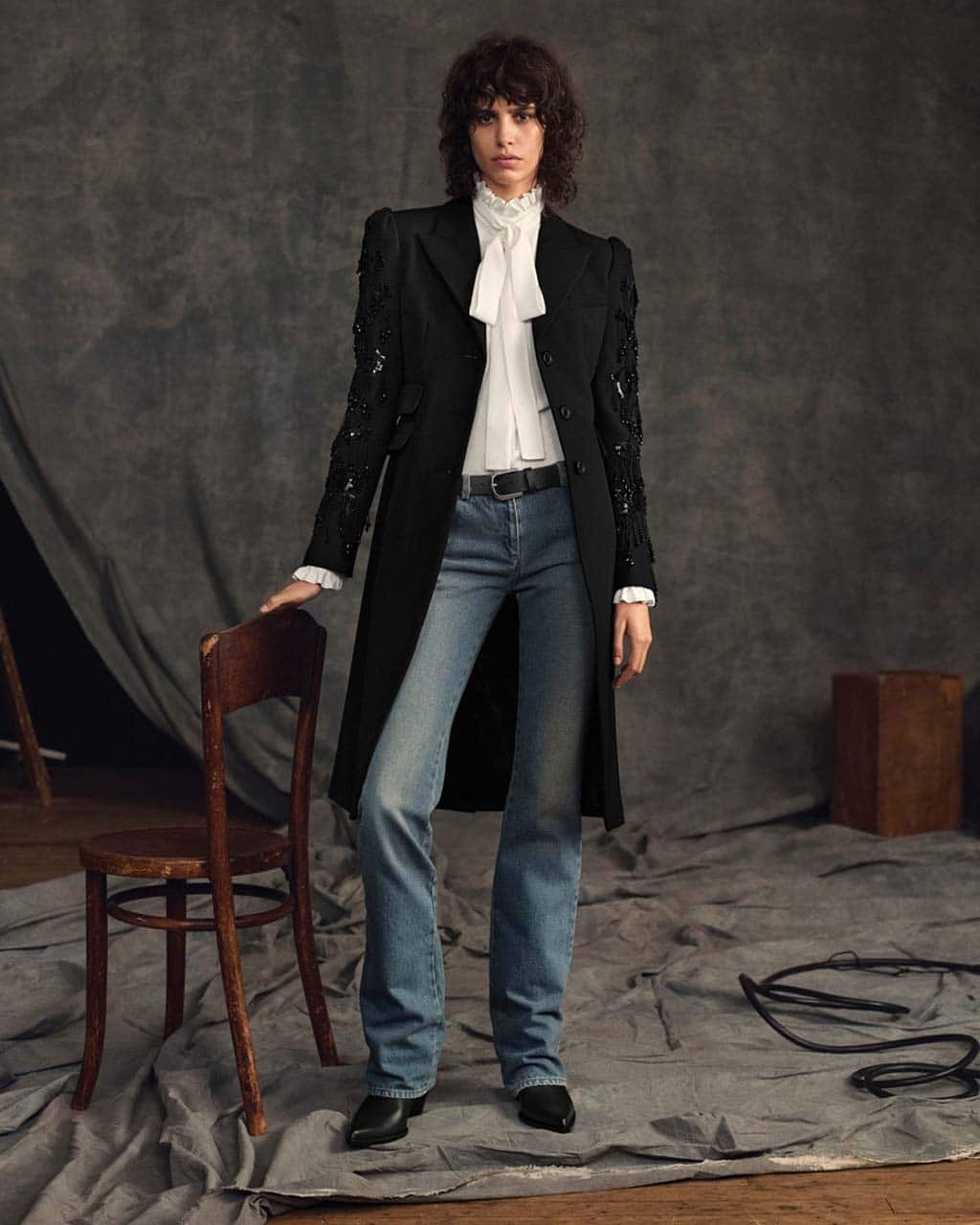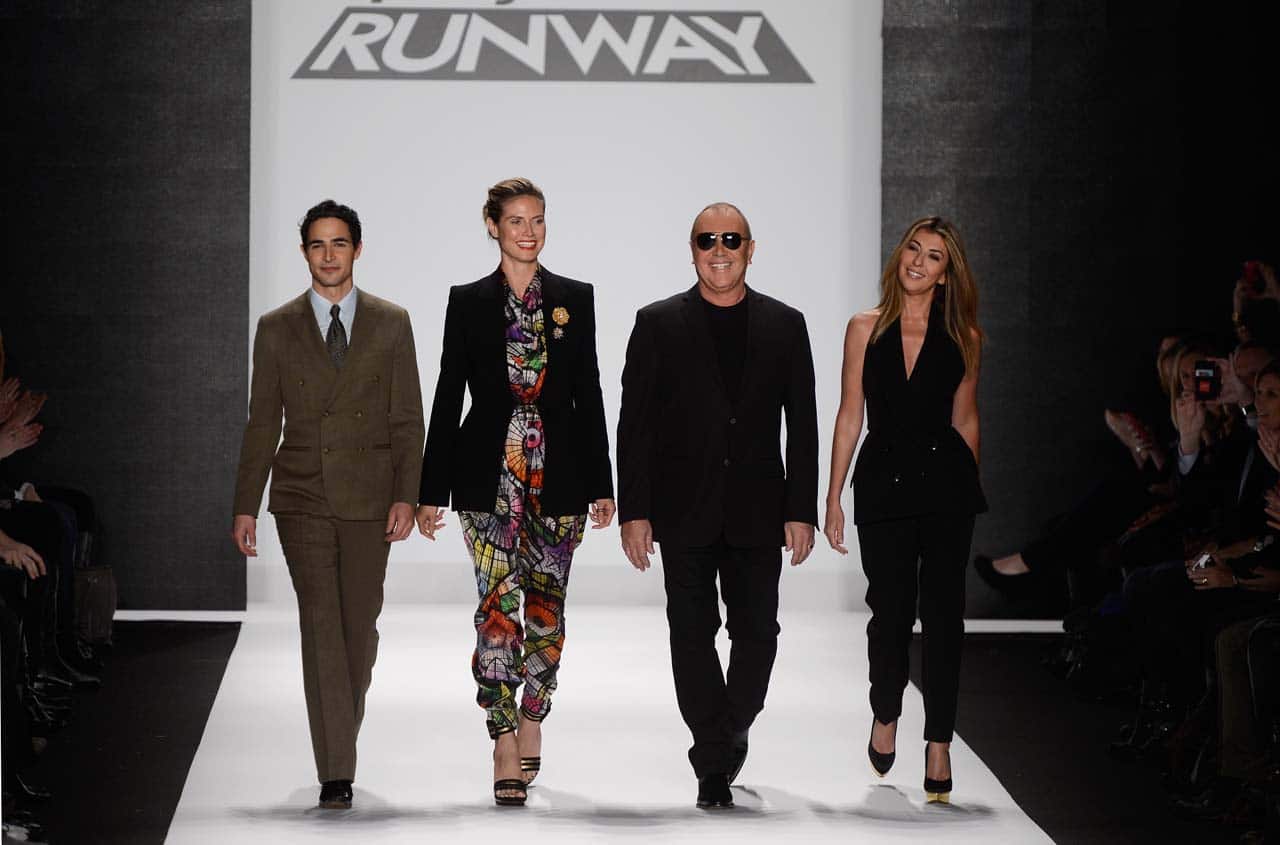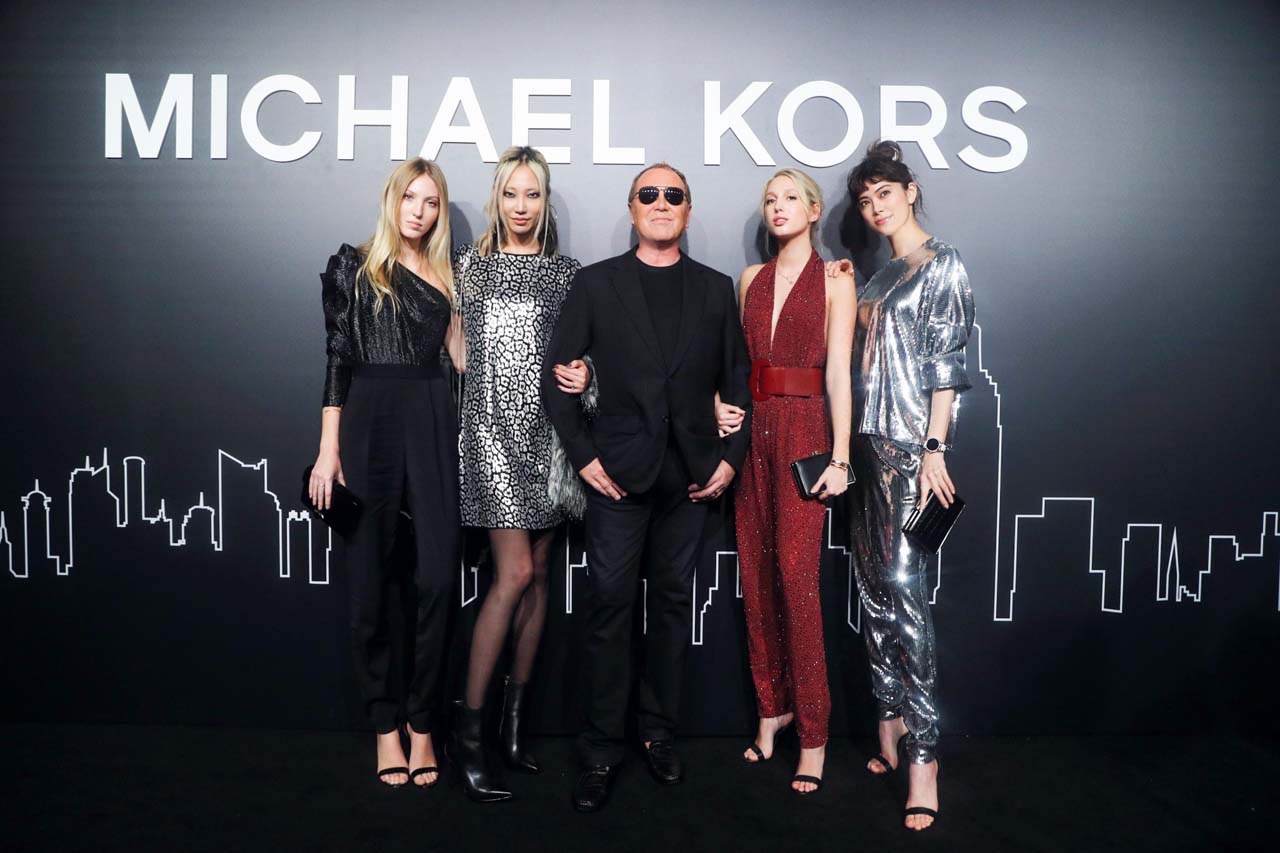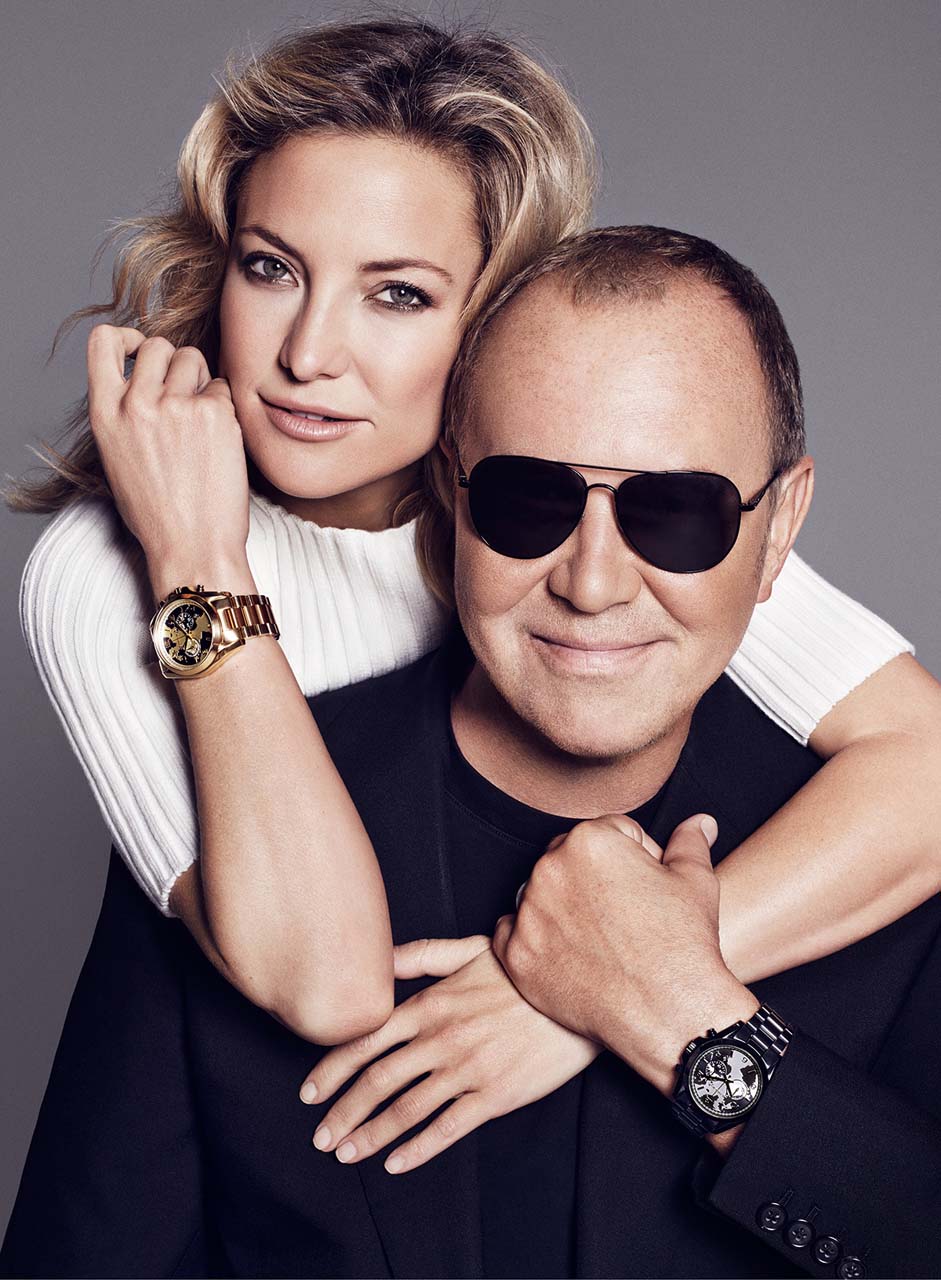THE RISE OF FASHION ICON MICHAEL KORS, FROM DESIGN SCHOOL DROPOUT TO RUNWAY KING
BY AMANDA McCOY
In 2014, three years after his namesake brand went public, fashion designer Michael Kors reached a professional milestone few in his industry can tout his personal wealth crested $1 billion. Today his three all American sportswear brands (his signature Michael Kors Collection, MICHAEL Michael Kors, and Michael Kors Mens) have an estimated 1,200 locations worldwide with nearly 18,000 employees, and his luxury fashion group, Capri Holdings, began its ascent towards global powerhouse in 2017 with the acquisition of Jimmy Choo followed by iconic Italian house Versace in 2018. After nearly 40 years in business, Kors has reached the pinnacle of success, but the road to glory wasn’t always sunshine and rainbow colored accessories for the Long Island born designer.

Karl Anderson Jr. was born in Merrick in 1959. He was five years old when his mother remarried, and the young boy was given the opportunity to legally change his name. “My mother said, ‘You’re getting a new last name, so why don’t you pick a new first name?”’ the designer said in an interview with People Magazine in the early ‘90s. Thus, Michael Kors the identity, and eventually the multi-billion dollar brand, was officially born.
Kors’ bedtime reading as a child didn’t follow wizards, masked superheroes, or re breathing dragons on mythical odysseys. Instead, stories of sequins, body skimming knits, and vibrant hues soothed him to sleep. When kids his age begged their parents for comic books, Kors asked for the latest issue of Vogue or Women’s Wear Daily. He knew at an early age that he was destined for a future in fashion. When his mother asked for his opinion on her wedding dress, the precocious kid gave a candid response that she needed to remove the bows. She did.

In 1977, at 19 years old, Kors moved to Manhattan to attend the Fashion Institute of Technology, though he was far more interested in experimenting with cuts, textures, and colors than attending class. He took a job at a high pro le fashion boutique on 57th Street, dressing a celebrity clientele that included Jackie Kennedy and Goldie Hawn. When the boutique offered him a full time position as a designer, he jumped at the opportunity and, after only two semesters, dropped out of school. Then one day in 1981, his personal style caught the attention of legendary Bergdorf Goodman Fashion Director Dawn Mello (then an executive VP), who offered him the space to sell his own line at the department store. After his first trunk show, the racks were left completely empty, and the rising star bought himself a Rolex to celebrate.

Kors continued to enjoy success throughout the first few years of business, but the ‘90s would be an arduous time for the young brand.
“It was a domino effect,” explained Kors in an interview with ABC. “And then the next thing you knew, it was all about nose rings and ugly. I mean, it was a trifecta of a nightmare for me.”

By 1993, the brand had closed 15 of its 20 stores nationwide and was forced to file for bankruptcy. While disappointed, the designer was not disenchanted. Four years later, he came roaring back, launching a new, lower priced brand and taking a position as a designer, then creative director, of LVMH owned Céline.
He was back in business, humble but hungry, with a little more sagacity than before
After seven years with Céline, where he was credited with turning things around with his ready to wear collections, Kors parted ways with the luxury French fashion house to focus on his growing label. He launched MICHAEL Michael Kors, which expanded into accessories and watches, fragrances, and luxury handbags, and that same year, he agreed to join a new television project spearheaded by supermodel and entrepreneur Heidi Klum. As a judge on Project Runway, Kors’ unfiltered candor and campy sense of humor made him an instant fan favorite. Quips like, “She looks like she’s a barmaid serving her hair,” and “Next thing you know, it’s big button earrings and you’re on the Facts of Life,” became classic Kors isms, and millions of viewers tuned in to see what the outspoken judge would say next. The show was a hit, and Kors emerged as a household name.

The aughts have been good to the Long Island native, his holdings company now one of the leading luxury fashion groups in the world. In 2009, Michelle Obama wore a black Michael Kors gown in her first official portrait as first lady. In 2010, the designer became the youngest recipient of the Lifetime Achievement Award by the Council of Fashion Designers of America. He’s remained an avid philanthropist throughout his career, and in 2013, he partnered with the United Nations to launch Watch Hunger Stop, which has since delivered over 17 million meals to hungry children. The United Nations World Food Programme named him Global Ambassador Against Hunger in 2015.

Today, Michael Kors the persona has become as distinguishable as the brand itself. Perpetually decked out in all black and aviators (he owns over 100 pairs), the self-described “gleek” is famed for his jaunty runway victory laps after a show and dishing with fans about their shoes and accessories. In an industry rooted in exclusivity, Kors built an empire grounded in inclusivity, positivity, and a passion for helping all people woman or man feel their most vibrant and fabulous selves.
“My legacy would be that you don’t have to give up anything. You can be chic but have a sense of humor, you can be sexy but comfortable, you can be timeless but fresh.”
Michael Kors
michaelkors.com
